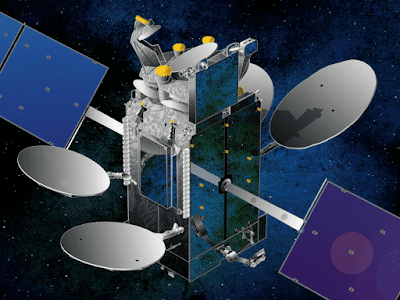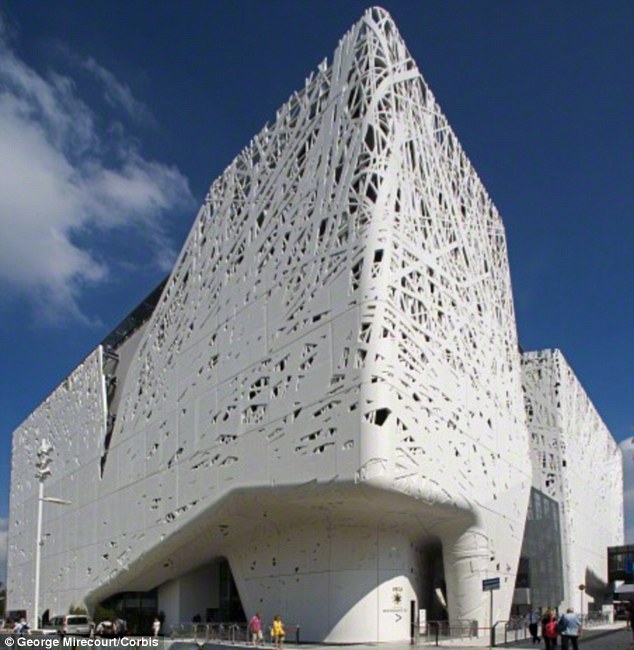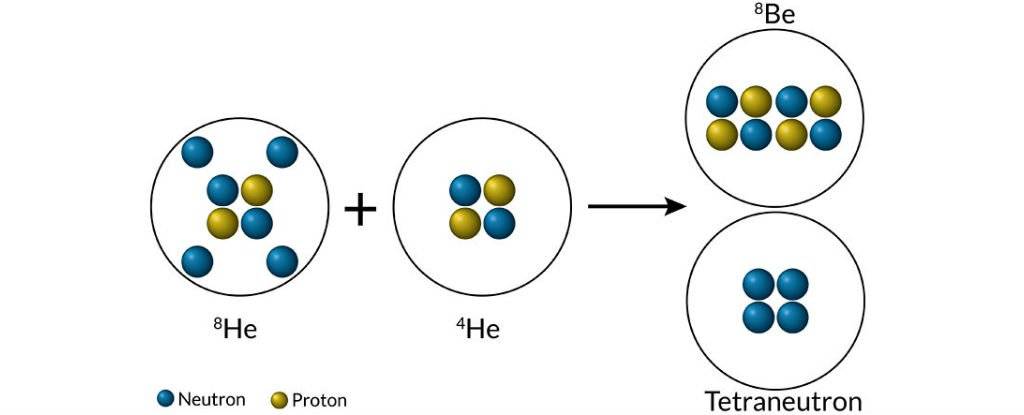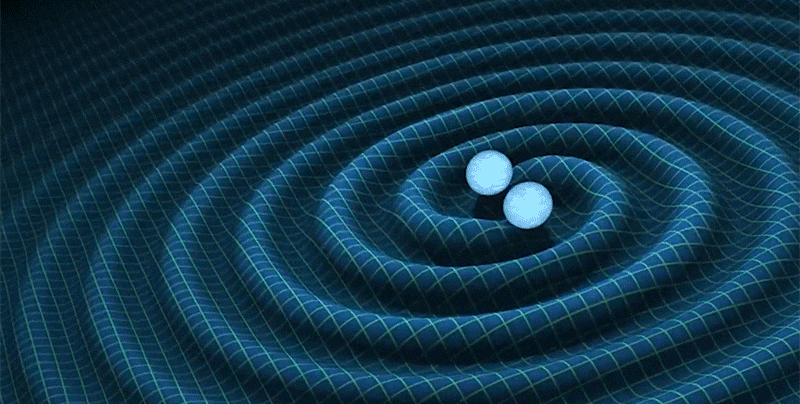ScienceRocks
Democrat all the way!
- Thread starter
- Banned
- #841

Follow along with the video below to see how to install our site as a web app on your home screen.

Note: This feature currently requires accessing the site using the built-in Safari browser.




A NASA team has been tapped to build a new type of communications modem that will employ an emerging, potentially revolutionary technology that could transform everything from telecommunications, medical imaging, advanced manufacturing to national defense. NASA's first-ever integrated-photonics modem will be tested aboard the International...




(Phys.org)—Maxwell's demon, a hypothetical being that appears to violate the second law of thermodynamics, has been widely studied since it was first proposed in 1867 by James Clerk Maxwell. But most of these studies have .
